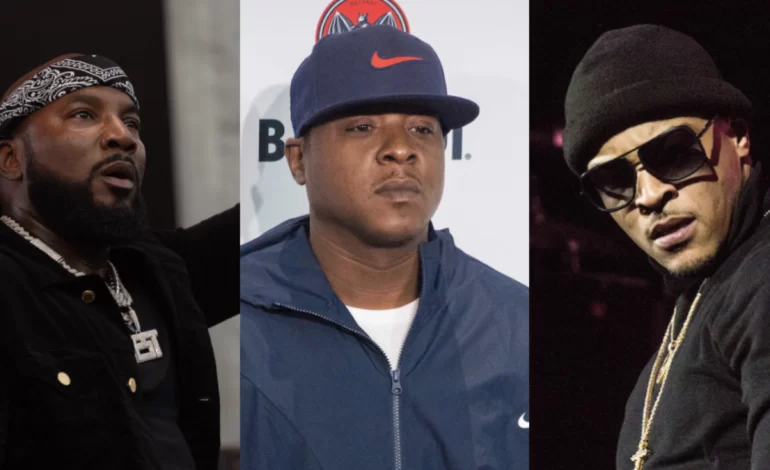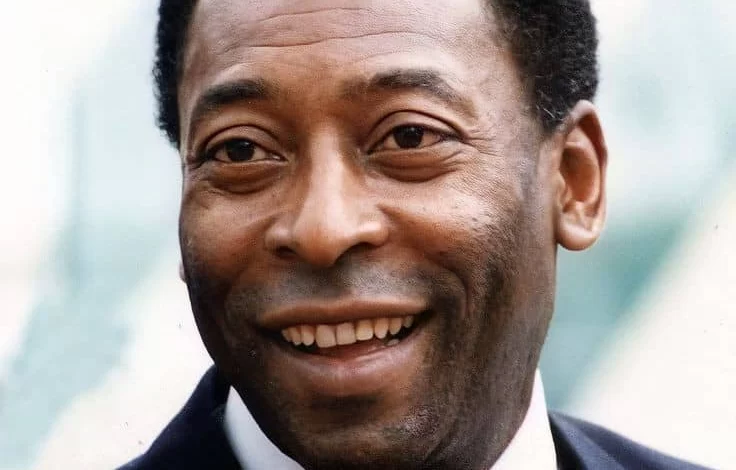Hip hop, which started as a music and a culture in New York in the 1970s, was a product of inner city life and has historically been the voice of the Black inner city youth. But it has deep Jamaican and African roots, which can be seen in the rawness of its beats and the rhythm of its lyrics.
Some of the first pioneers of hip hop were from the Caribbean and brought with them the same rhythms and style that were to give birth to reggae in Jamaica. Looking back into hip hop’s history, one inevitably bumps into Africa. Hip hop, like all African American music styles, borrows from African traditions. In the case of hip hop, this is particularly true of its lyrics and their delivery.
Rapping in African music and culture is a tradition that was carried to the new world in the 1400s. History has come full circle, and rap music and hip hop culture are now being re-created by African youth all over the continent, who have taken rap’s current day manifestations and added a new African twist. And just to add to the irony, the word “hip” has been linked to the Wolof word “hepi” or “hipi” which means “to see” or “to open one’s eyes”. Several scholars debate whether the word “hip” is actually derived from Wolof or whether its usage is simply a coincidence.
Hip hop music and culture landed in Uganda in the early 1990s. Since then it has spread with the energy and passion of a musical and cultural revolution. The frustration, anger, poverty, joy, and spirit which young African American rappers expressed transformed the minds of thousands of Ugandan youth, who related to the messages and stories being told.
For a culture that has a strong American feel, Ugandan hip-hop presents questions as to how it has survived and the frequently strange light it is portrayed in. The culture which originally had different arms; deejaying (emceeing or rap), graffiti, and b-boying or break dance is holding its own in Uganda, with good representation in the wider extensions of fashion, language and mindset.
Tales of poverty, crime, violence and corruption were also the stories of countless urban Kampala youth. American rappers Biggie, 2Pac, Jay Z, Nas among others became legends across the Country precisely because of the social importance of their lyrics. There was no major Kampala suburb one could go to in the late 1990s and not see images of those rappers or hear youth reciting their songs.
Hip hop was more than just another form of music — the fact that it was also its own subculture and a transmitter of political and social commentary was absorbed by Ugandan youth who related to all aspects of this new musical revolution. Many young artists who would have once entered the music scene through the Afropop or traditional music genres have become hip hop artists and have contributed to the evolution of the musical form in Uganda and Africa at large.
Some naïve people have suggested that those who embrace hip hop culture are no longer Ugandans and Africans because hip hop is not African or Ugandan; that they have become Americanized. That criticism many have been very valid in the early 1990s when young Ugandans were simply imitating the beats and styles of popular American rap. Many of the early emcees were even rapping entirely in English, though it wasn’t the language in which they were most comfortable. But the hip hop scene has since changed. It has not evolved evenly across the Country — given Uganda’s size, it is rare that events happen simultaneously — but just like other music genres, Ugandan hip hop is unmistakably local.
As Ghafla wrote in 2018 that a culture is defined by its names, the history of an age is the history of its greatest men and women. The history of Hip hop in Uganda rests on the backs of those men and women who dared to dive where no other had dared before.
Amongst the pioneers of hip-hop in Uganda or to term them; “The 90s class”, we had the likes of Ibraw, Kwesto Nsiggo Blakk, Lumix Da Don, the rapper from Lumumba Hall who brought his Makerere mates under the umbrella of Snag’O. There was the mighty duo of Sylvester and Abrams aka Sylvester Kabombo and Abraham Tekya. In the league of the duos was the teenage rap duo of Prim N’ Propa (Lillian Kelle Butele and Brenda Z’Obbo). To their awesomeness, they had the great producer, Peter Ssematimba who also played the role of manager.
The 90s also had the Bataka Squad that comprised Saba Saba (Krazy Native), Lyrical G, Chagga, Babaluku, and Big Poppa Momo MC. These would combine in the early 2000s with other Hip hop luminaries to form the Ugandan Hiphop Foundation.

In his Ani Yali Amanyi cover, GNL Zamba speaks profoundly of the memories at DV8. For DV8 was to be home to many Ugandan Hip hop artists. It is here that Klear Kut found its first stage, later on going to get a Kora Awards nomination. Other rappers too would go on to battle from here. Places such as Sabrinas Pub and Sharing Youth Centre in Nsambya became the grounds on which many freestyled and tried to break out into an already hard-to-enter music industry.
Hip hop is not just a fad for the youth, but also includes 30-something Ugandans who are making it their profession and who are involved in recording, producing, marketing, and distributing to an increasingly influential and profitable market.
It has yet to be seen the direction hip hop will take Uganda’s youth. In most countries, the culture is a mass movement, and as the culture is maturing, so are those involved with it. Many have learned from the mistakes of the American rap scene, others have not. Uganda is yet to utilize this culture fully to uplift the community, we can only hope for better with the return of major players to the game and the replenishment with new talent.


